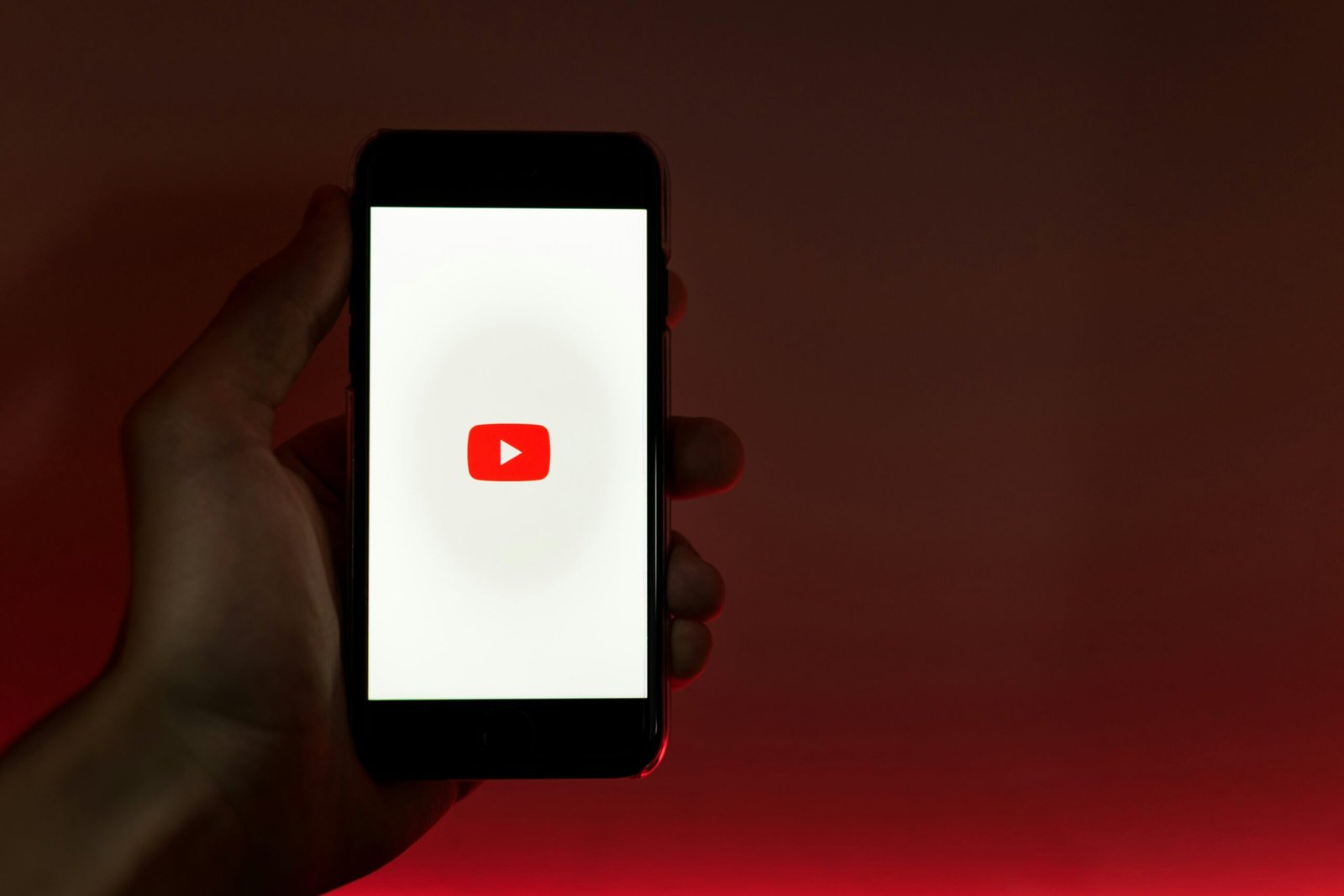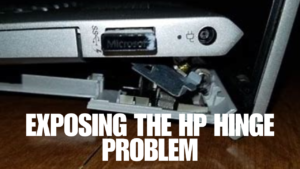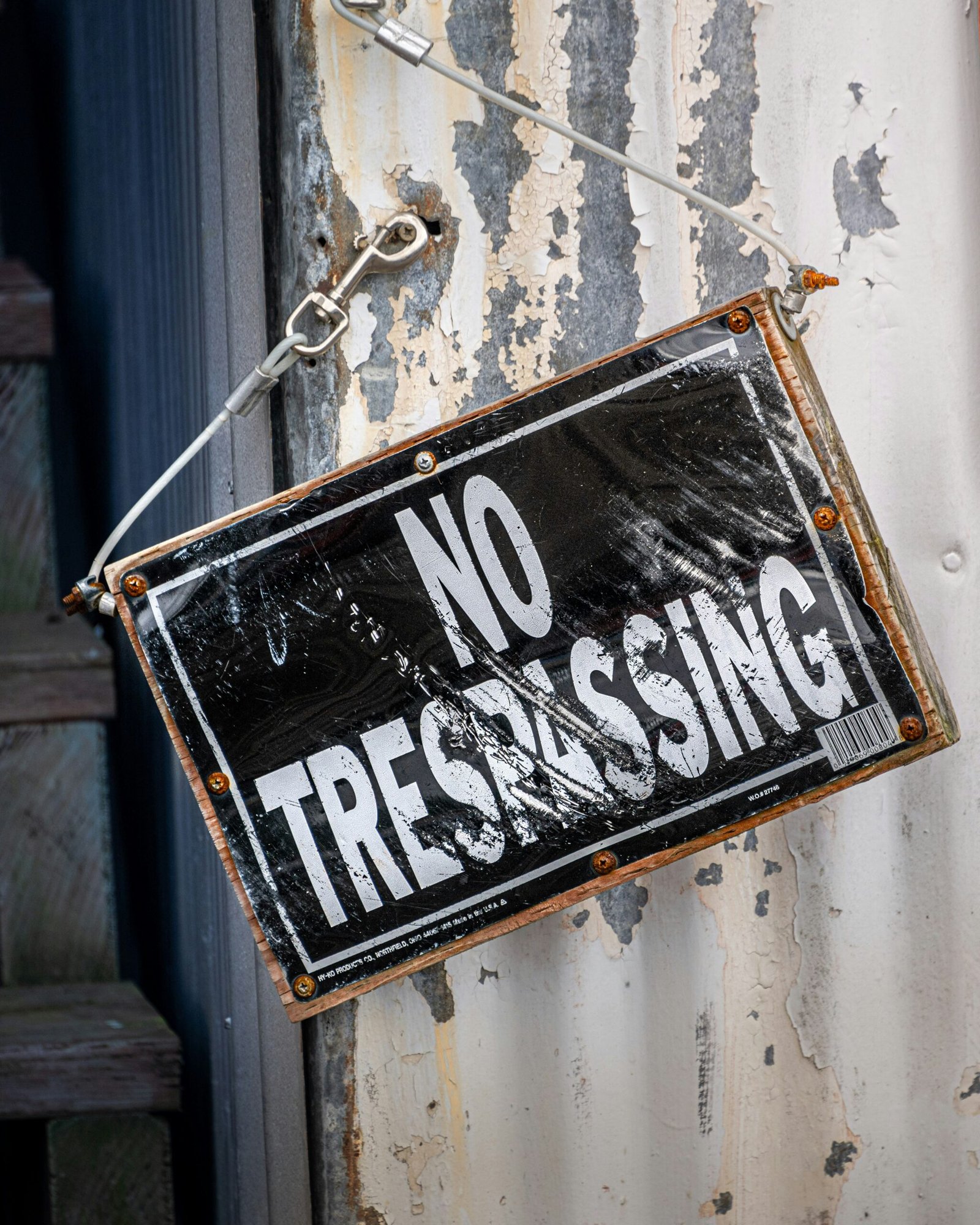YouTube Gets Stricter: New Policies on Gun Videos and Youth Content

Photo by Szabo Viktor on Unsplash
In light of increasing scrutiny and the need to ensure a safer online environment, YouTube has recently implemented stricter policies concerning gun-related content and content aimed at youth. This shift marks a significant step in the platform’s ongoing commitment to user safety and responsibility. The new guidelines seek to address growing concerns about the potential influence of such content on young viewers, as well as the broader implications for community safety and well-being.
YouTube’s revised policies are a response to mounting pressure from various stakeholders, including parents, advocacy groups, and regulatory bodies. These groups have raised alarms over the easy accessibility of videos that may glamorize firearms or present potentially harmful behaviors to impressionable audiences. By tightening the rules around these types of content, YouTube aims to mitigate risks and foster a more secure digital space for all users.
Additionally, the platform acknowledges its profound influence on the audience, especially younger demographics, and the critical role it plays in shaping perceptions and behaviors. With millions of videos uploaded daily, YouTube’s responsibility to safeguard its users is more crucial than ever. The new measures are part of a broader effort to align the platform’s content with community standards and legal requirements, ensuring that it does not inadvertently contribute to harmful trends or activities.
Overall, these policy changes reflect YouTube’s proactive approach to addressing contemporary challenges in digital content management. By tightening the reins on gun-related videos and youth-targeted content, the platform is taking decisive steps to enhance user safety and uphold its responsibility as a leading content-sharing service. This introduction sets the stage for a detailed examination of the specific changes and their implications in the following sections of this blog post.
Background on YouTube’s Policies
YouTube, as a leading video-sharing platform, has long been at the forefront of content regulation, striving to balance user creativity with community safety. Historically, YouTube’s policies on gun-related content and youth-targeted videos have evolved in response to societal changes and emerging concerns. Before the recent policy revisions, YouTube had established guidelines aimed at controlling the dissemination of potentially harmful content.
Regarding gun-related content, YouTube previously allowed videos featuring firearms as long as they did not promote the sale of firearms or certain firearm accessories. However, content that demonstrated the fabrication of firearms, ammunition, or certain accessories was strictly prohibited. Despite these measures, the platform faced criticism for not doing enough to curb the spread of dangerous content, particularly in light of increasing gun violence incidents globally. Notable controversies, such as videos providing detailed instructions on modifying firearms, often triggered public outcry and calls for stricter regulations.
YouTube’s approach to youth-targeted content has also been under continuous scrutiny. The platform has always emphasized the importance of creating a safe environment for younger audiences. Initially, YouTube implemented age restrictions and content rating systems to prevent minors from accessing inappropriate material. The introduction of YouTube Kids was a significant step towards offering a curated experience for children, but it did not completely shield young users from exposure to unsuitable content. High-profile incidents, such as the infamous “Elsagate” controversy, where disturbing videos were disguised as kid-friendly content, underscored the need for more robust protective measures.
These historical policies and incidents have laid the groundwork for the recent tightening of regulations. By continually reassessing and updating its guidelines, YouTube aims to foster a safer and more responsible content-sharing environment, addressing both community concerns and the evolving digital landscape.
Details of the New Gun Video Policies
In response to ongoing concerns regarding the portrayal of firearms on its platform, YouTube has implemented stricter policies on gun-related content. These changes aim to address safety issues and to ensure that content available on the platform aligns with community standards and public safety guidelines.
Under the new policies, YouTube has banned videos that intend to sell firearms or certain firearm accessories. This includes content that offers links to sites where firearms or accessories can be purchased. Videos that provide instructions on manufacturing firearms, ammunition, high-capacity magazines, homemade silencers/suppressors, or certain firearms accessories such as bump stocks are also prohibited. Additionally, content that shows how to convert a firearm to automatic or simulated automatic firing is no longer allowed on the platform.
Creators who produce gun-related content must adhere to these guidelines to avoid penalties, which may include video removal, channel strikes, or permanent bans. YouTube has also implemented age-restrictions on certain types of gun-related content to prevent younger audiences from being exposed to potentially harmful material. This includes educational videos about gun safety or historical content about firearms, which must be clearly labeled and restricted to viewers over 18.
The rationale behind these changes, as stated by YouTube, is to foster a safer online environment and to mitigate the potential promotion of harmful or dangerous behavior. By restricting access to gun-related tutorials and sales, YouTube aims to discourage the spread of unregulated firearm modifications and to reduce the risk of these weapons being used improperly. The platform has emphasized its commitment to balancing free expression with the responsibility to protect its community from content that could pose real-world dangers.
These policy updates reflect YouTube’s ongoing efforts to adapt its content guidelines in line with evolving societal concerns and legal standards. As a part of these initiatives, YouTube encourages creators to stay informed about policy changes and to ensure their content remains compliant with the platform’s evolving standards.
Impact on Content Creators
The recent amendments in YouTube’s policies on gun videos and youth content have significantly impacted content creators, particularly those who specialize in firearm-related content. These creators now face a myriad of challenges, ranging from demonetization to outright content removal. The platform’s stricter regulations aim to enhance safety and compliance, but they have also introduced new hurdles for those operating within these niches.
One of the most immediate effects has been demonetization. Content creators who produce gun-related videos often rely on ad revenue to sustain their channels. However, with YouTube’s new policies, many of these videos are no longer considered “advertiser-friendly.” As a result, creators are witnessing a decline in their revenue streams, which poses a significant threat to their financial stability and ability to continue producing content. This policy shift has forced many creators to seek alternative revenue sources, such as sponsorships, Patreon, or merchandise sales.
Another pressing issue is content removal. YouTube’s enhanced scrutiny means that videos depicting firearms or youth-oriented content are more likely to be flagged and removed if they violate the updated community guidelines. This has led to increased anxiety among content creators, who now must navigate a more complex landscape to ensure compliance. The risk of video removal not only threatens their existing content library but also their channel’s overall reputation and viewership.
In response to these restrictions, many content creators have expressed their concerns and frustrations publicly. Some have taken to social media platforms to voice their discontent, while others are actively seeking to adapt their content to comply with the new rules. This adaptation often involves altering the presentation of their videos, incorporating disclaimers, or shifting focus to less controversial topics.
Ultimately, while YouTube’s new policies aim to foster a safer and more compliant environment, they undeniably impose significant challenges on content creators, particularly those involved in gun-related content. These creators must now navigate a delicate balance between adhering to platform regulations and maintaining the essence of their content to keep their audience engaged.
YouTube has recently implemented a series of updated policies targeting youth content in an effort to create a safer environment for younger viewers. The platform’s new guidelines set stricter regulations on the type of content that can be produced and shared, particularly focusing on age-appropriate recommendations and safeguarding measures.
One significant change is the restriction of certain types of content deemed inappropriate for young audiences. Videos containing violent themes, explicit language, or sensitive topics now face higher scrutiny and are often flagged or removed to prevent exposure to underage viewers. Additionally, YouTube has bolstered its algorithms to better identify and filter out content that may be harmful or unsuitable for children and teenagers.
Another key aspect of the updated policies is the emphasis on age-appropriate recommendations. YouTube’s recommendation system has been refined to ensure that the content suggested to young viewers aligns with their age group. This includes promoting educational, creative, and family-friendly videos while limiting exposure to content that may not be suitable for their developmental stage. The platform also encourages creators to label their videos accurately, indicating if the content is made specifically for children, which aids in the system’s ability to sort and recommend appropriate material.
In addition to these measures, YouTube has introduced enhanced tools for parents and guardians to manage their children’s viewing experience. These tools allow for the customization of content settings, enabling restrictions on what can be watched and providing the option to set time limits for screen use. Moreover, YouTube Kids, a dedicated app for younger viewers, continues to evolve with stricter content curation and additional parental controls, ensuring a safer, more controlled environment for children to explore.
Overall, these updated policies demonstrate YouTube’s commitment to protecting young viewers from exposure to inappropriate material, ensuring that the platform remains a reliable and safe space for all age groups.
Community and Parental Reactions
The recent policy changes on YouTube concerning gun videos and youth content have sparked a diverse range of reactions from the community. Parents, educators, and child safety advocates have expressed mixed opinions, reflecting the complexity of the issue. Many parents welcome these stricter policies, seeing them as a necessary step to protect young viewers from potentially harmful content. They argue that YouTube, as a major platform, has a responsibility to ensure that its content is safe and appropriate for all age groups.
Educators have also shown support for the new policies, emphasizing the importance of a secure online environment for children and teenagers. They believe that limiting exposure to violent or inappropriate content can contribute positively to the mental and emotional well-being of young individuals. Child safety advocates echo these sentiments, highlighting the role of such measures in creating a safer digital space for minors. They point out that stricter regulations can help prevent the normalization of violence and ensure that educational and age-appropriate content is prioritized.
On the other hand, the YouTube community has exhibited a broader spectrum of responses. Content creators who produce legitimate educational videos involving firearms feel that the new policies may unfairly target their content, potentially leading to demonetization or removal. They argue that such content, when presented responsibly, serves an educational purpose and should not be lumped together with videos that promote violence or illegal activities. Some creators are calling for clearer guidelines and better communication from YouTube to avoid unintended consequences.
Viewers of all ages have also weighed in, with some appreciating the enhanced safety measures while others express concerns about censorship and the loss of diverse content. Overall, the community’s reaction underscores the need for a balanced approach that protects young viewers without stifling educational and responsible content. As YouTube continues to navigate these complex issues, ongoing dialogue with stakeholders will be crucial to refining and implementing these policies effectively.
As YouTube tightens its policies on gun videos and youth content, a comparative analysis with other social media and video-sharing platforms reveals notable differences and similarities in approach. Each platform has its own set of guidelines, shaped by its unique audience and regulatory pressures, yet they all strive towards ensuring user safety and content responsibility.
Facebook and Instagram
Facebook and Instagram, both owned by Meta, have stringent policies regarding gun-related content. These platforms prohibit the sale of firearms, ammunition, and explosives between private individuals and restrict the advertisement of such items. Content depicting the use of firearms must adhere to strict community guidelines, especially when minors are involved. Unlike YouTube, which allows educational content involving firearms under specific conditions, Facebook and Instagram are more restrictive, often removing such content swiftly to prevent potential harm.
Twitter’s policies also reflect a cautious stance on gun-related content. The platform bans the promotion of weapons and weapon accessories in advertisements. While general discussions about firearms are permitted, any content inciting violence or illegal activity is strictly prohibited. Youth safety on Twitter is managed through robust age restrictions and content filters, mirroring YouTube’s efforts to protect younger audiences from potentially harmful material.
TikTok
TikTok, known for its younger user base, employs rigorous content moderation to ensure safety. The platform forbids content that promotes the use of firearms, and similar to YouTube, it targets misinformation and dangerous activities. TikTok’s policies are particularly aggressive in removing content that might appeal to or endanger minors, utilizing a combination of automated systems and human moderators to enforce these rules.
Snapchat
Snapchat’s approach to gun-related content and youth safety is comparable to YouTube’s new policies. The platform restricts the depiction of firearms in a manner that could be perceived as glorifying violence. It also focuses on protecting younger users by implementing stringent age verification processes and content restrictions. Snapchat’s community guidelines emphasize the prohibition of any illegal activity, violent behavior, or content that could potentially harm its users.
In essence, while YouTube’s new policies are part of a broader trend among social media and video-sharing platforms towards stricter content regulation, each platform’s specific measures vary based on their unique user base and operational ethos. By comparing these policies, it becomes evident that there is a collective move towards enhancing user safety and reducing the proliferation of harmful content across digital spaces.
Future Implications and Conclusion
The implementation of YouTube’s stricter policies on gun-related videos and youth content signifies a pivotal move with far-reaching implications for the platform and the wider social media ecosystem. By tightening its regulations, YouTube aims to foster a safer and more controlled online environment, mitigating the risks associated with inappropriate content exposure, especially for younger audiences.
One of the significant long-term implications of these policies is the potential shift in content creation strategies. Creators who previously focused on gun-related content may need to diversify their topics or adjust their presentation styles to comply with the new guidelines. This shift could lead to a broader range of content being available on the platform, offering viewers more diverse and educational materials. Additionally, content creators may seek alternative platforms with more lenient policies, potentially fragmenting the audience base.
On a broader scale, YouTube’s policy changes could set a precedent for other social media platforms, prompting them to evaluate and possibly strengthen their content regulations. This domino effect could lead to a more standardized approach to content moderation across the digital landscape, enhancing overall online safety and user experience. Moreover, these policies underscore the ongoing debate about the balance between freedom of expression and the need for regulation to prevent harm.
The stricter policies may also influence the regulatory landscape, as governments and policymakers observe the outcomes and effectiveness of YouTube’s measures. Successful implementation could encourage legislative bodies to advocate for similar regulations across other platforms, potentially leading to a more cohesive and robust framework for online content management.
In conclusion, YouTube’s new policies on gun videos and youth content mark a significant step towards a safer digital environment. These changes not only impact the platform’s future but also contribute to the broader discourse on online content regulation. Ensuring the safety and well-being of users, especially minors, remains paramount, and these policy updates highlight the importance of adapting to evolving digital challenges.





